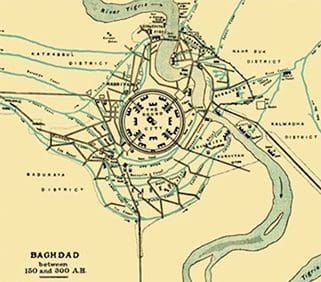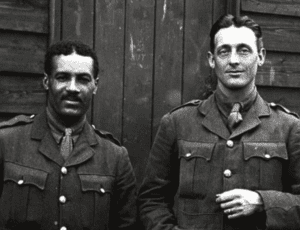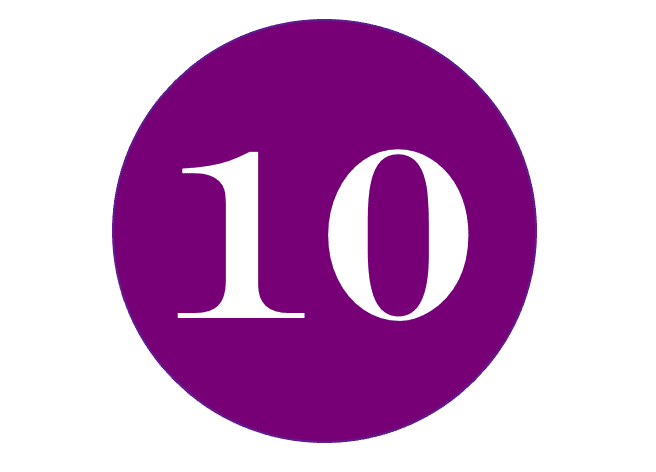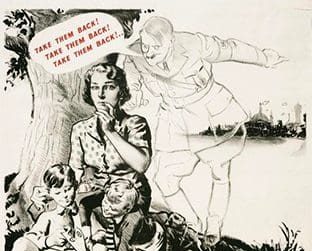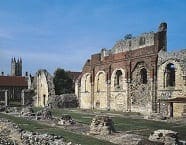
Much has been written in general terms about identifying and then catering for able pupils in history. OFSTED and others have criticized schools for not moving beyond identification and general provision to looking at what happens in ‘subjects’ within the curriculum. Clearly they do not mean subjects in isolation. What is being offered here then is a practical set of strategies that genuinely extend the thinking of able pupils, cross-referenced to examples of outstanding lessons which have been successfully taught to groups or classes of the most able pupils. National case studies do exist but these are rather generalised and do not always exemplify the best practice. To give you a really helpful start in deigning appropriate activities look at the file called 10 ideas to get you thinking.
General approaches, giving G&T pupils scope for:
- Self direction, following lines of interest and curiosity
- Opportunities for group work
- Experience of ‘difficulty’
- Imaginative and creative work
- Time to incubate ideas and see them develop
- Originality
- First hand experience often with authentic material
- Intellectual challenge
- Time to dream
Excellent strategies to extend more able children in history sessions at Key Stage 2
1. Presenting pupils with conflicting ideas; a head to


